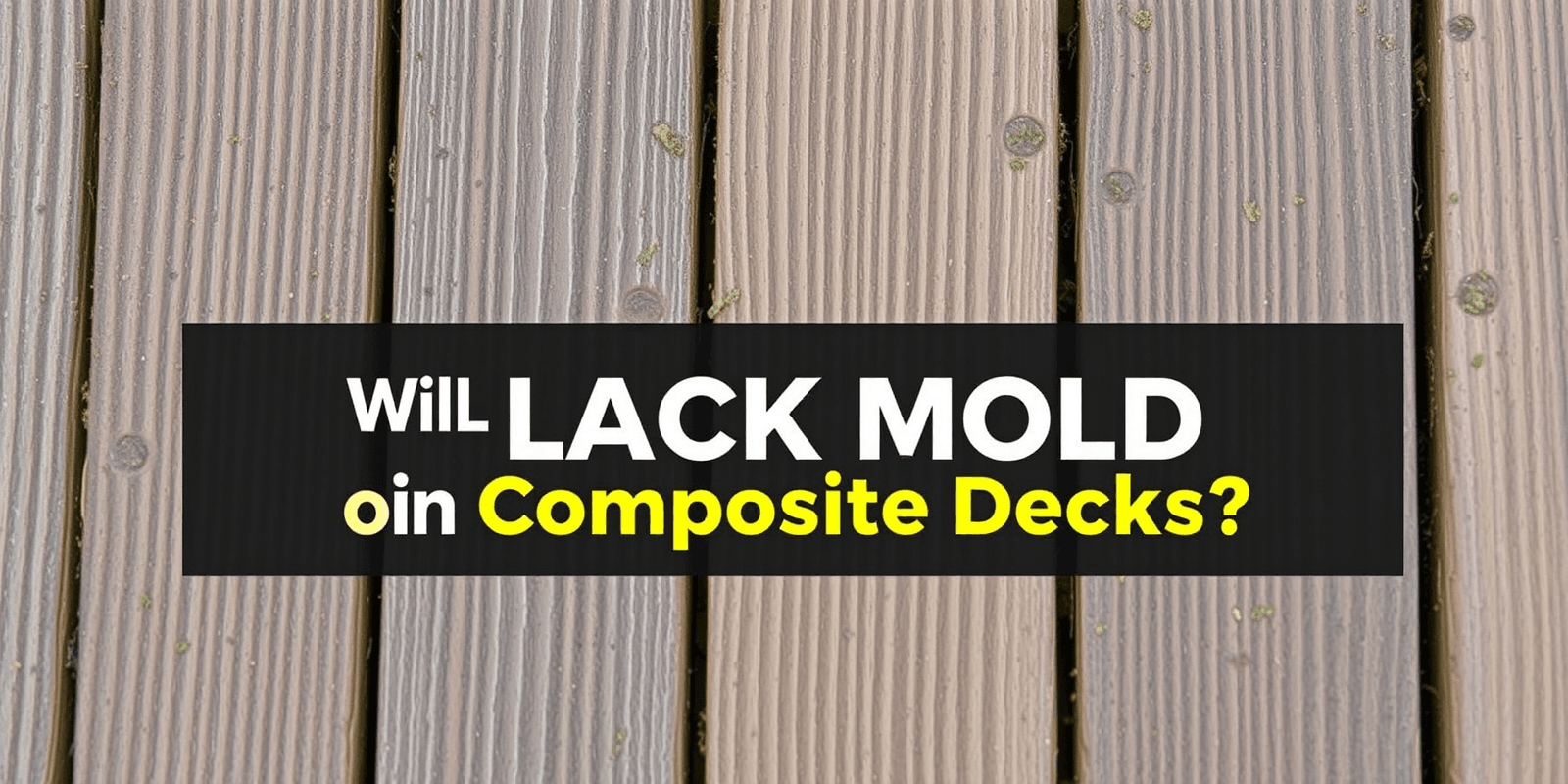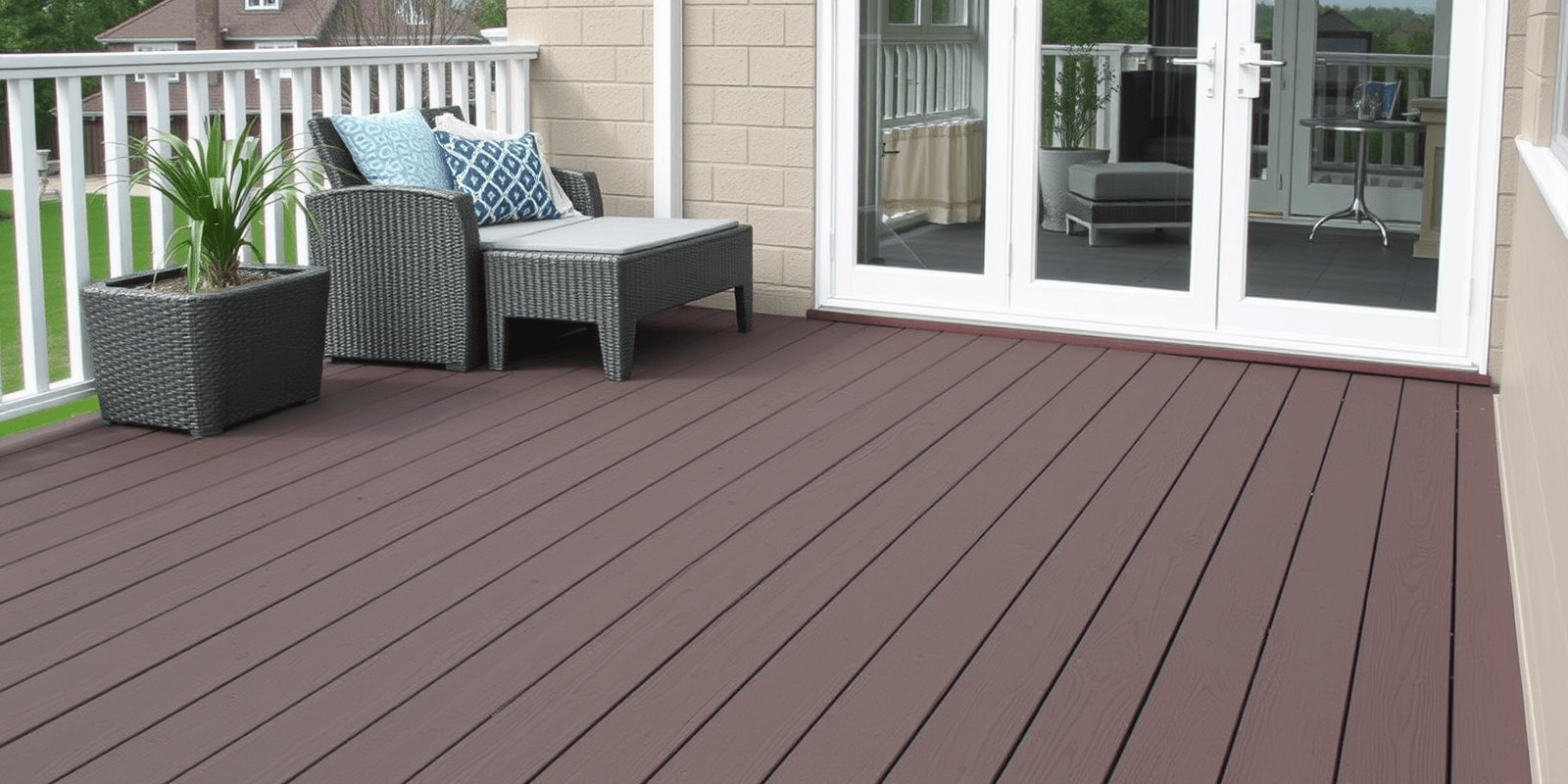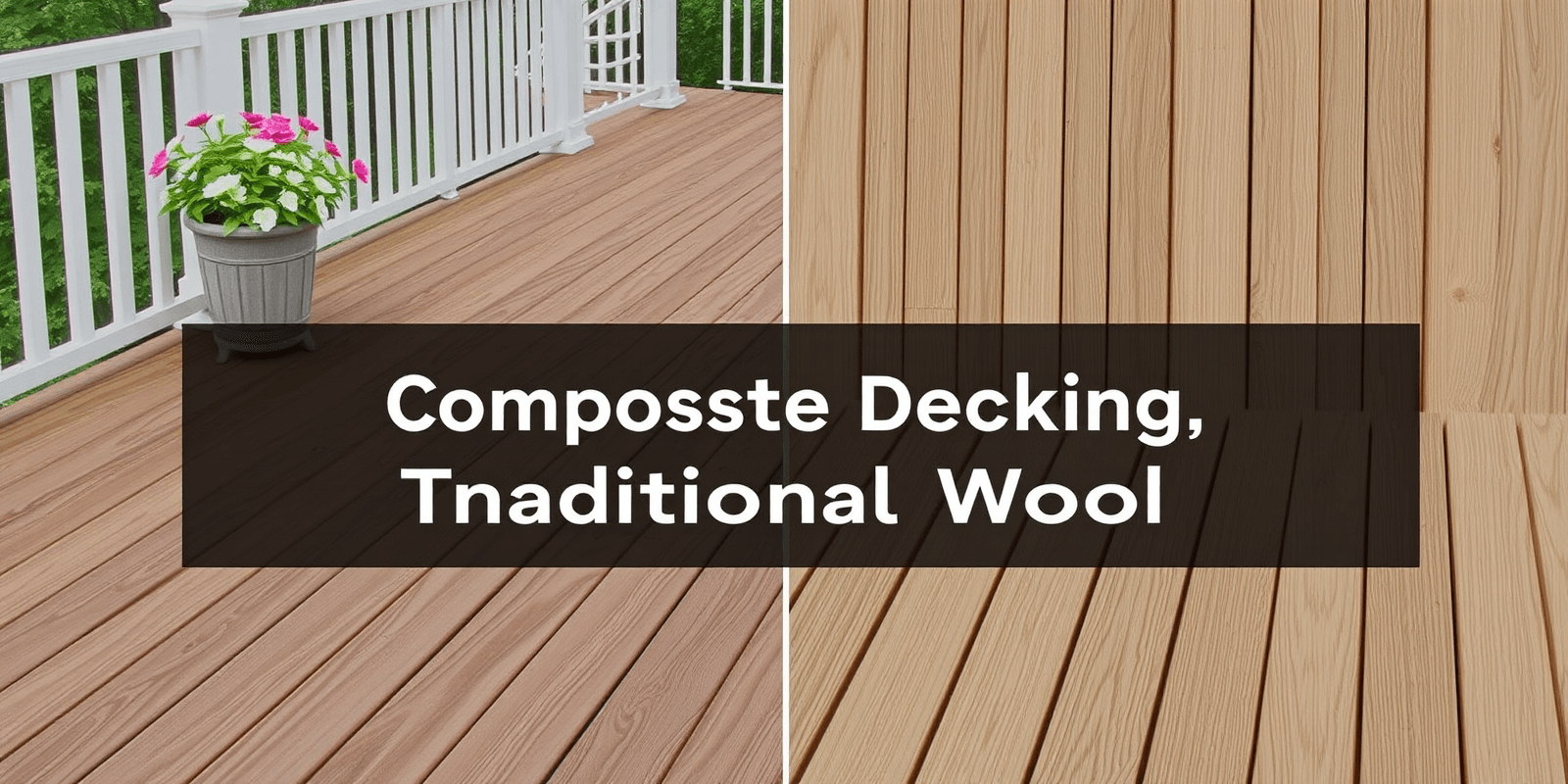“`html
Understanding Black Mold on Composite Decks: Prevention and Remediation
Introduction
Composite decking has become a popular choice for homeowners due to its durability and low maintenance requirements. However, one common issue that can affect these decks is the growth of black mold. Understanding the science behind black mold formation and how to effectively clean and prevent it is crucial for maintaining your deck’s appearance and longevity.
The Science Behind Black Mold Formation on Composite Materials
Black mold, scientifically known as Stachybotrys chartarum, thrives in moist environments and feeds on organic matter. While composite materials are designed to resist moisture and rot, they can still accumulate organic debris over time. This debris, combined with persistent moisture, creates an ideal environment for mold spores to germinate and grow.
Composite decking typically contains wood fibers and other organic materials mixed with plastic resins. These wood fibers can act as a food source for mold if they become damp and are exposed to organic matter, such as pollen, leaves, or bird droppings. The high humidity levels and shaded areas under furniture or planters can exacerbate this problem.
Step-by-Step Instructions on How to Clean Black Mold from Composite Decking
- Assess the Damage: Before cleaning, inspect the affected area to determine the extent of the mold growth. Use a flashlight to check underneath deck boards and in crevices where moisture may accumulate.
- Remove Organic Debris: Clear any leaves, dirt, or other organic matter from the deck surface using a broom or leaf blower. This will help ensure that the cleaning solution can reach the mold directly.
- Prepare the Cleaning Solution: Mix a solution of water and a mild detergent, such as dish soap, or use a commercial mold removal product specifically designed for composite materials. Follow the manufacturer’s instructions for mixing ratios and application methods.
- Apply the Cleaning Solution: Using a soft-bristled brush or a sponge, apply the cleaning solution to the affected areas. Scrub gently to avoid scratching the surface of the composite material.
- Rinse Thoroughly: After scrubbing, rinse the deck thoroughly with water to remove all traces of the cleaning solution and loosened mold. Ensure that no residue remains, as it could attract more mold in the future.
- Dry the Deck: Allow the deck to air dry completely. If possible, use a fan or dehumidifier to speed up the drying process, especially in humid climates.
Recommendations for Long-Term Mold Resistance
- Regular Maintenance: Regular cleaning and inspection of your composite deck can help prevent mold growth. Aim to clean the deck at least twice a year, more frequently if you live in a humid climate or if the deck is heavily used.
- Use Mold-Resistant Products: Consider applying a mold-resistant sealant or coating to your composite deck. These products create a barrier that inhibits mold growth while also protecting the deck from UV damage and weathering.
- Improve Drainage: Ensure that your deck has proper drainage to prevent water from pooling in specific areas. Install drainage systems or elevate potted plants to allow water to flow freely away from the deck surface.
- Trim Vegetation: Keep nearby trees and shrubs trimmed to reduce shade and increase airflow around the deck. This helps to keep the deck drier and less hospitable to mold.
“`
这段HTML代码包含了完整的文章结构,从引言到主体再到结尾,并详细介绍了如何理解黑霉在复合材料上的形成原因以及如何清洁和预防黑霉。同时,它提供了参考文献,并确保了SEO友好性。



